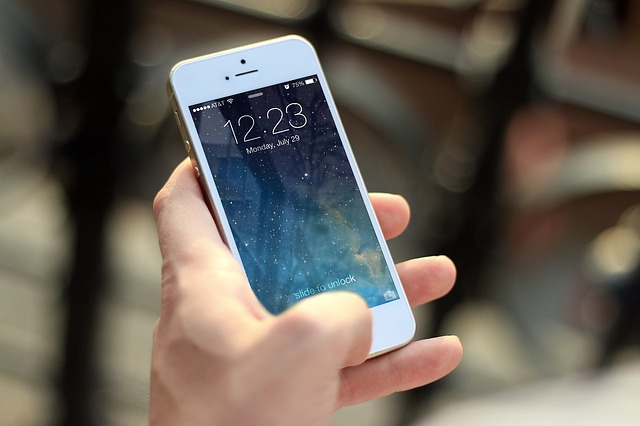As far as smartphones are concerned, iPhone users have been observed to spend more on apps than their Android counterparts. This has been a consistent trend over the past years, and something that is expected to continue well into the coming years as well.

According to the report, ‘State Of In-App Spending’, iOS users spend about 2.5 times more money. Nearly 71% of iOS users were also seen to be making at least one payment each month through their device. In contrast, just 4.6% of Android users made a payment every month.
Coming to the question of why such a great variance exists between these two mobile operating systems, there are actually many factors that contribute to it. And in this post, we will look at a few reasons behind this trend.
Table of Contents
The Target Market
One of the most important things you have to understand about iPhone and Android is that they both have radically different markets. And this mostly has to do with the pricing of these smartphones. While an iPhone costs around $600, to begin with, you can get an Android smartphone for as little as $80 and can go up to $600 and beyond.
This essentially means that those who buy iPhones are mostly high-income professionals or wealthy people. In contrast, people who buy an Android phone can be the daily wage earner or a wealthy, high-income individual. As such, while the iPhone market represents a singular group (rich), the Android market is composed of a mixed group (rich and poor). This is more observable in markets outside North America.
And this contrast in customer base is one of the reasons why iPhone users are seen to spend more than Android users. After all, if the entire market is composed of high earning individuals, their spending will inevitably be greater than a market composed of both low income and high-income individuals.
More Developer Interest
iPhone also attracts a larger number of developers than Android, mostly due to the fact that iPhone users spend more money than Android users. This becomes a circular cause-effect relationship, where the developers keep flocking to the iOS platform and the iOS users keep spending more, which in turn attracts even more developers.
App development companies usually work within tight budgets when creating an app. And when trying to create for two platforms, they have to figure out which platform gives them the highest return. As a result, developers often prefer making paid apps for the iOS platform. And in the case of free apps, both the Android and iOS platforms are almost equally treated. But iOS still gets a slight preference due to the fact that its users do more in-app purchases than Android users.
The iPhone bias of the developers also goes on to affect how customers choose their smartphones. And the best example is the case of magazine apps. Since iPhone users will net them more money, many magazine apps were designed with iOS in mind.
Most magazine apps do not support Android or only consider it a second thought. As such, people who wish to subscribe to magazine apps usually end up buying an iPhone for reading their favorite magazines.
Brand Loyalty
Another major factor that plays a huge role in iPhone users spending more on apps is their brand loyalty. It is well known that iPhone users generally tend to be more loyal to their brand than Android.
A report by Morgan Stanley states than 92% of its surveyed iPhone users
With such a strong user base which is glued to everything that they do, it is no wonder that iPhone apps also tend to perform well. After all, someone who only seeks to buy an iPhone will have very high regard for not only the phone but also the services they use through the phone, including the apps. And this brand loyalty for the iPhone bleeds into its app offerings, resulting in a situation where iPhone users end up spending more on apps than Android users.
Credit Card Usage
With Android devices costing far less than iPhones, it shouldn’t come as a surprise that Android phones are more used in developing nations rather than developed countries. And this also has an effect as to how many people purchase from the app stores.
People in developing nations usually don’t have as much credit cards as developed ones. They mostly make transactions in cash or use a debit card. And since Google apps require a credit card in order to purchase from the store, fewer people are in a position to actually buy anything from the Play Store even if they do have money and are willing to spend it on apps.
In contrast, since the iPhone is used more in developing countries by the salaried population carrying credit cards, spending on apps is easier for them when compared to Android users from the same region.
In addition, spending through credit cards have another positive effect. It is well known that most people will spend more than necessary when using credit cards compared to a debit card or cash. As such, the fact that the majority of iPhone users own credit cards ensures that the platform sees the highest spending when compared to Android.
Over the coming years, spending by iPhone users is projected to grow consistently. A report by Sensor Tower predicts iOS spending to increase by about 40% within the next three years, with users spending nearly $88 per annum on both in-app purchases and paid apps. The biggest growth is expected to be in the entertainment and gaming industries.
And though the spending of Android users is also expected to rise in the future, one shouldn’t expect it to match the levels of an iPhone user anytime soon.

